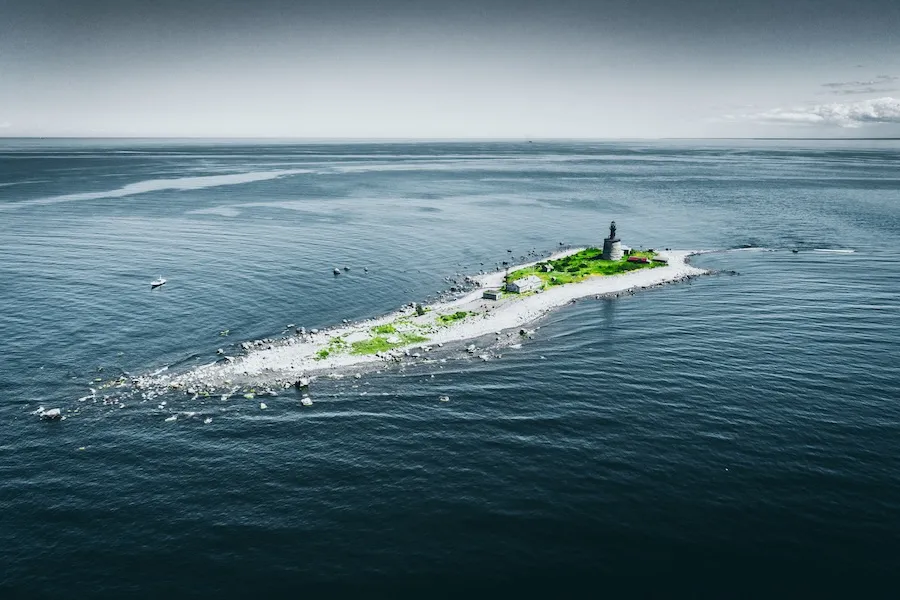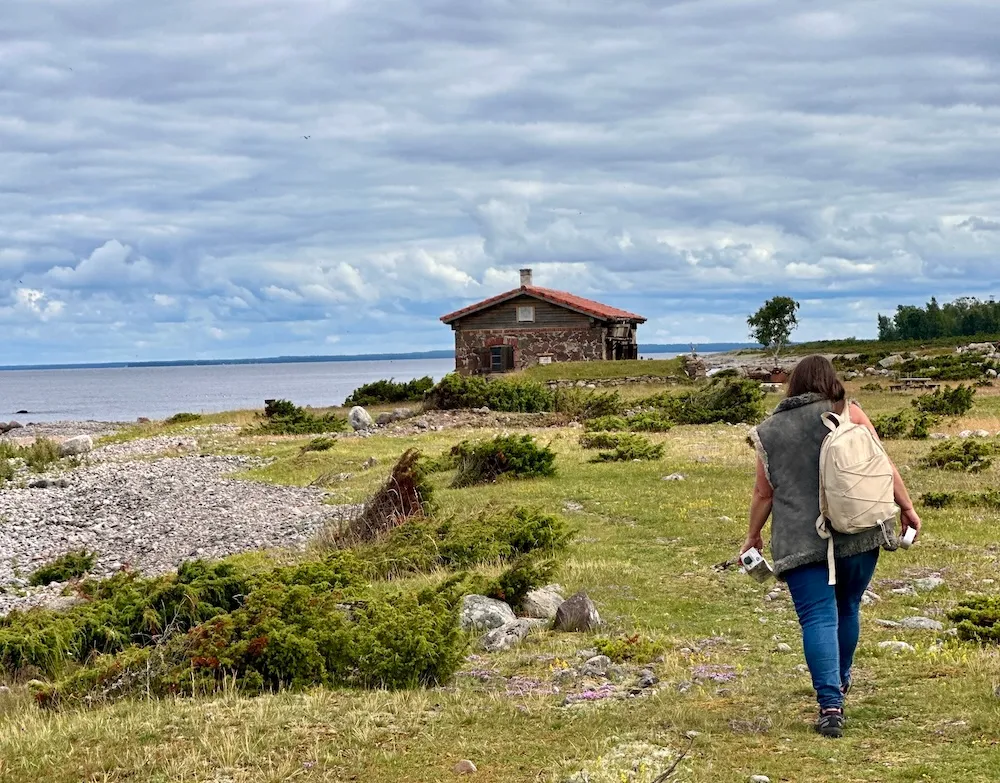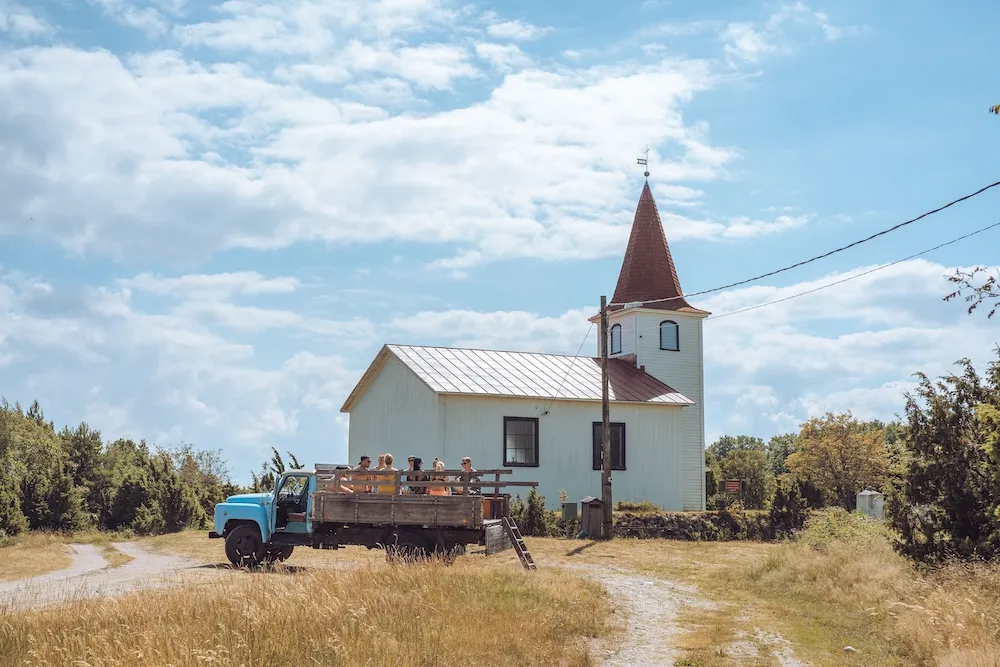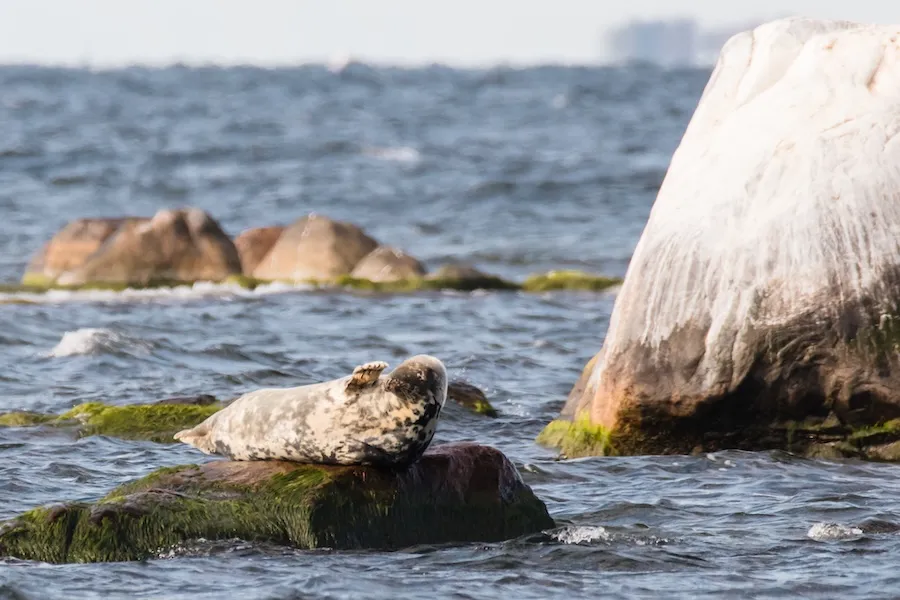10 Interesting Facts about Keri Island
Avaldatud: 18. March 2025
Keri Island is one of Estonia’s northernmost islands, and although it measures just 400 meters in length and 80 meters in width, it holds a wealth of fascinating history. It is home to one of the country’s oldest lighthouses, once powered by natural gas—the only one of its kind in the world.
There are no natural trees on the island, but dedicated volunteer lighthouse keepers take care of the buildings and welcome visitors during the summer season. Keri is also home to Estonia’s northernmost sauna, a small cinema, and a memorial marking the World War II downing of the Kaleva postal plane.
If you’re looking for a truly unique place where history and nature intertwine, Keri Island is well worth discovering.
Here are 10 fascinating facts that make Keri truly special.
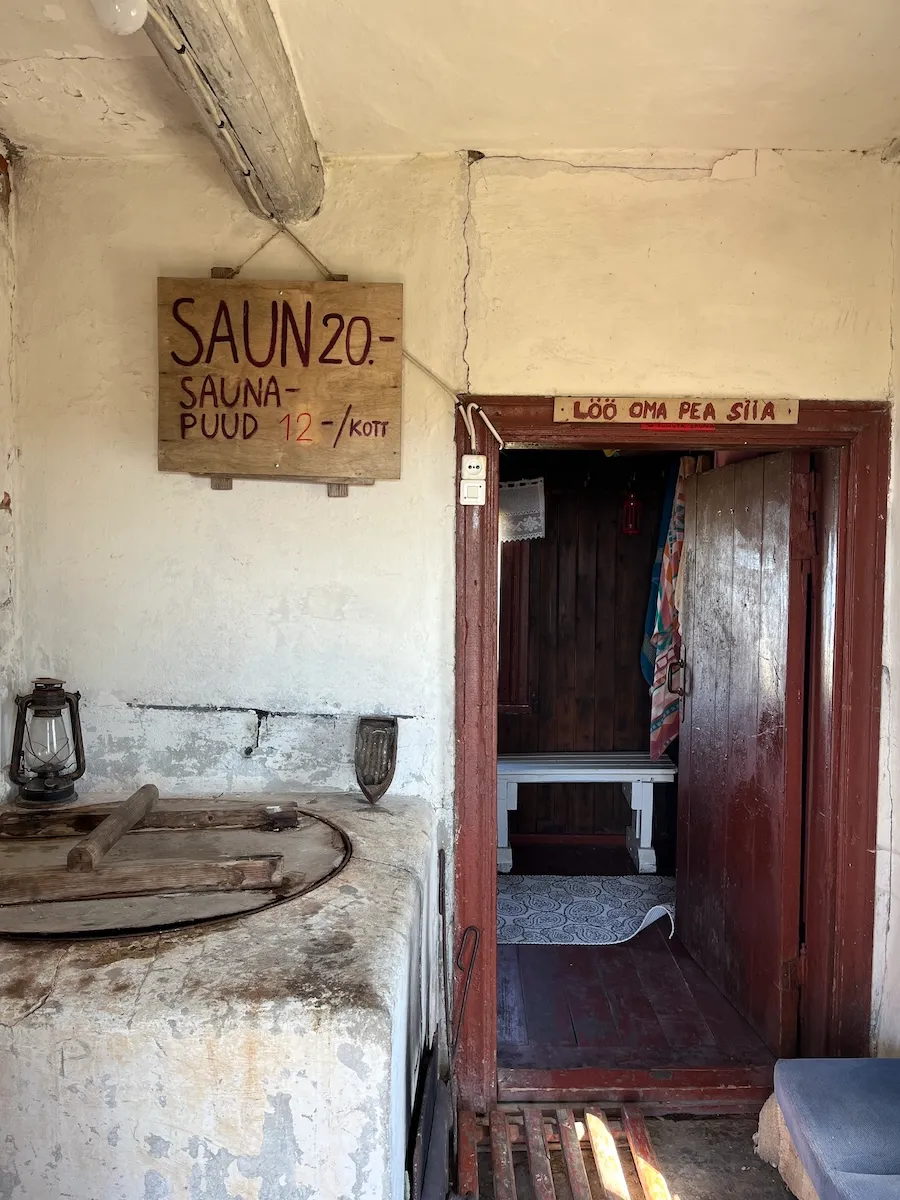
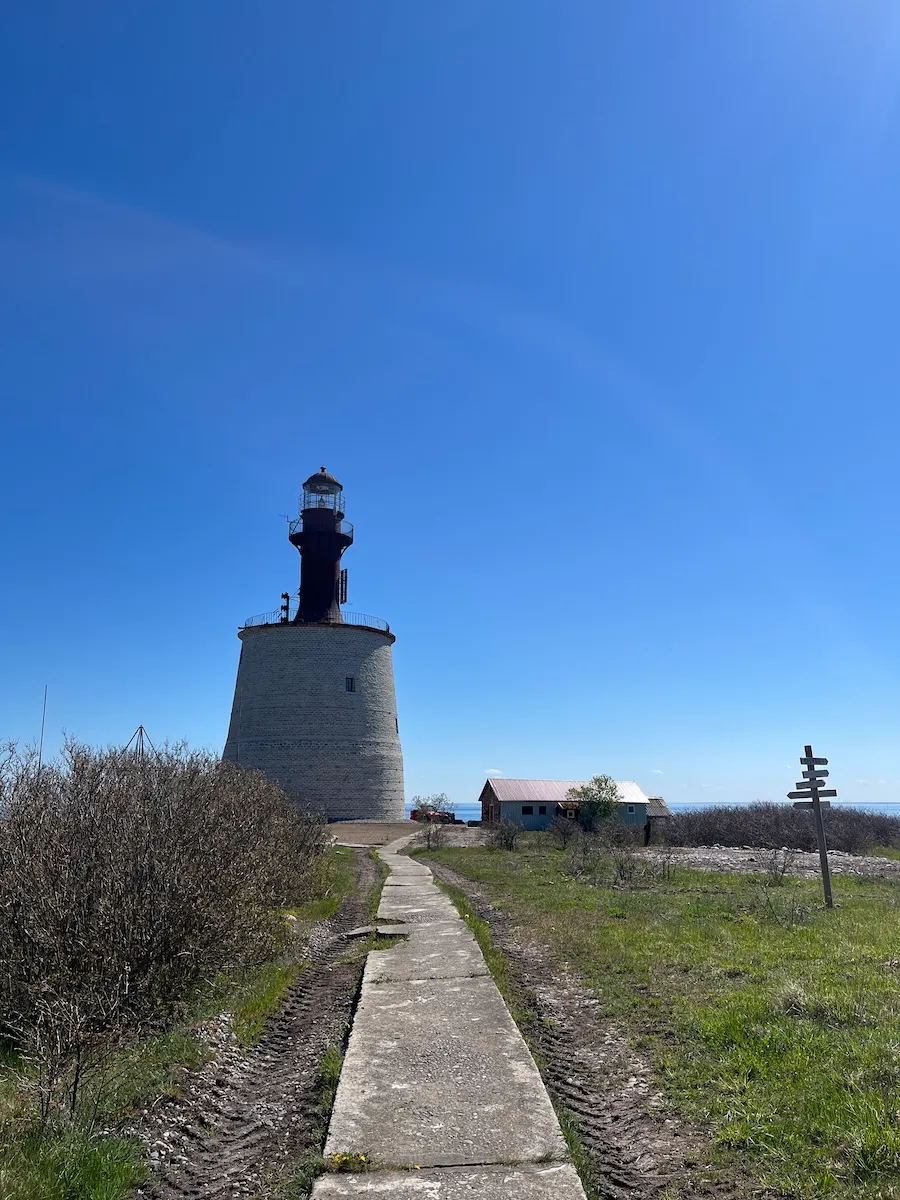
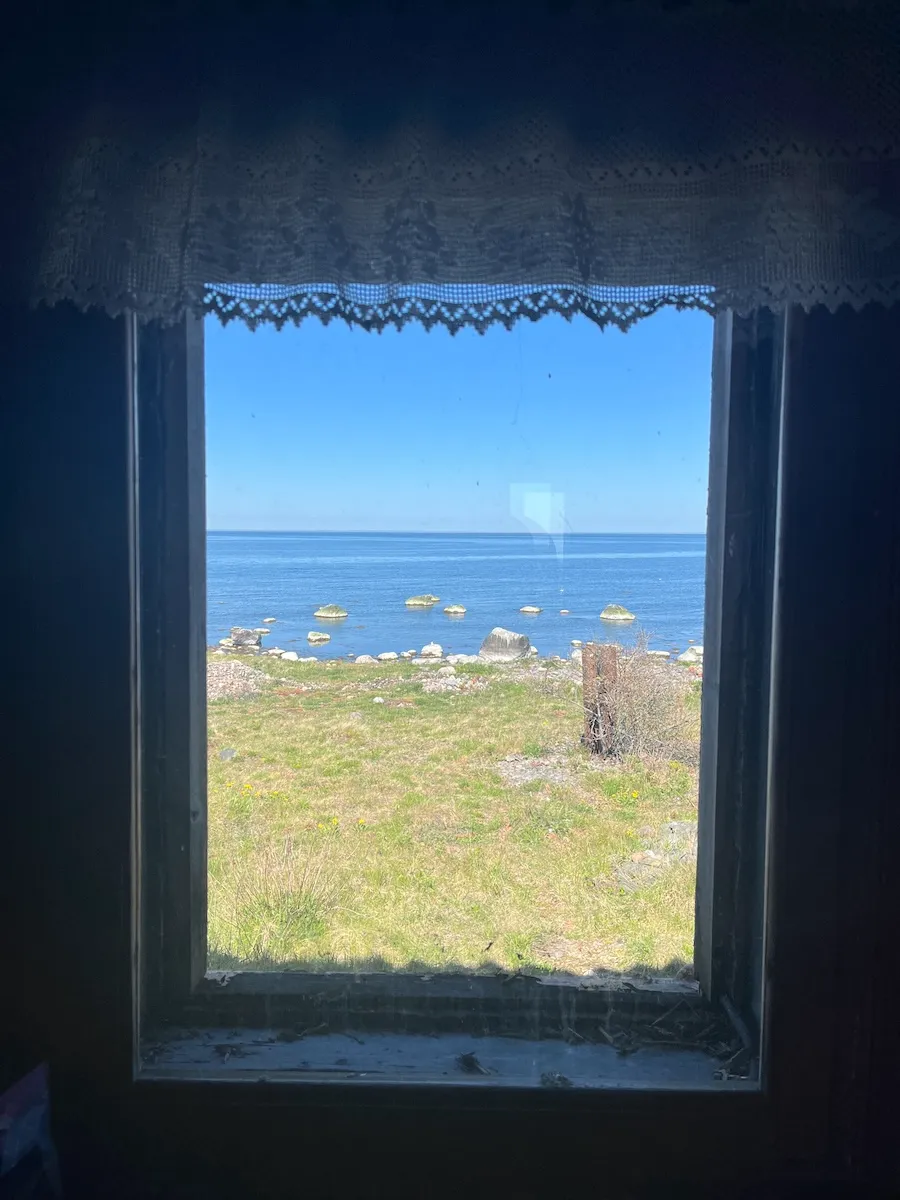
1. Keri Island is tiny.
Depending on sea levels, Keri Island measures about 400 meters long and 80 meters wide—roughly 3 hectares in total. For perspective, journalist Roald Johannson once ran a full lap around the island’s shoreline in under 8 minutes.
2. The last permanent resident left in 2002.
Before 2002, lighthouse keepers and their families were the island’s permanent residents. Since their departure, Keri has been officially uninhabited. Today, the non-profit Keri Society (MTÜ Keri Selts) maintains the island’s buildings and organizes volunteer lighthouse keepers. During summer, anyone can apply to be a lighthouse keeper for about a week, but demand is high—waiting times can stretch to a year or more.
3. No trees grow naturally on Keri.
In 2020, the University of Tartu’s biodiversity portal registered 129 plant species on Keri Island—but none of them were naturally growing trees. The few trees currently on the island were planted by former lighthouse keepers. Keri is also home to many seabirds, and seals are frequently spotted nearby.
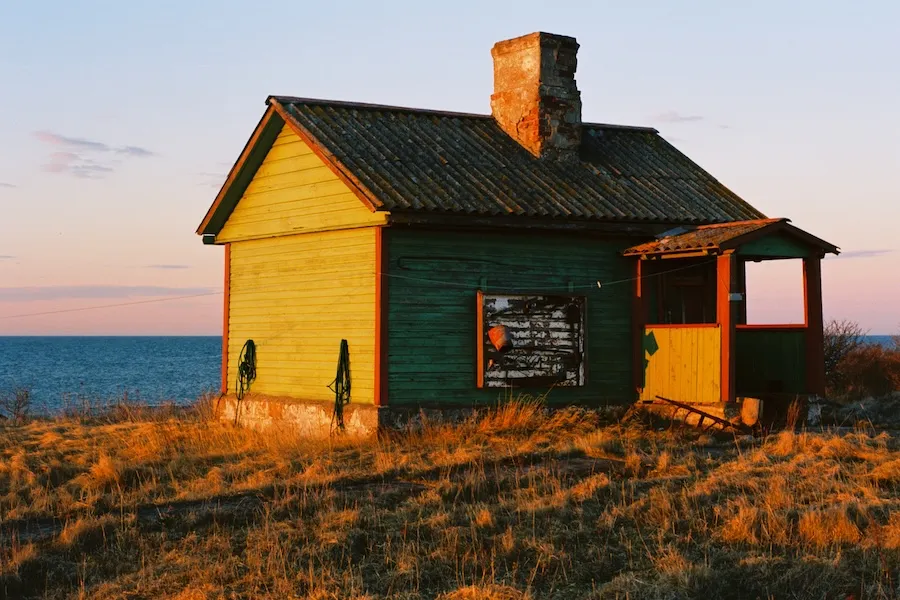
4. Keri is home to Estonia’s northernmost sauna.
The sauna on Keri Island is the northernmost sauna in Estonia that visitors can use. It’s maintained by the volunteer lighthouse keeper, who also sells firewood for heating it. Surrounded by the sea, Keri offers the perfect chance to jump straight into the water after a steam!
5. The island has a tiny cinema.
Despite its small size, Keri has several buildings—including a cinema where you can watch a film made in 2018 about the island itself. Other structures include the lighthouse, a boathouse, well house, generator house, residential building, weather station, and more.
6. Keri lighthouse was commissioned by Peter the Great and is now a protected monument.
Keri lighthouse was originally built in 1719 on the orders of Peter the Great. The first wooden lighthouse decayed quickly, but the current stone and metal structure dates back to 1803. It is under heritage protection but was in dire need of restoration. In 2019, the Estonian government allocated funds for its renovation, and today, the lighthouse’s exterior has been restored.
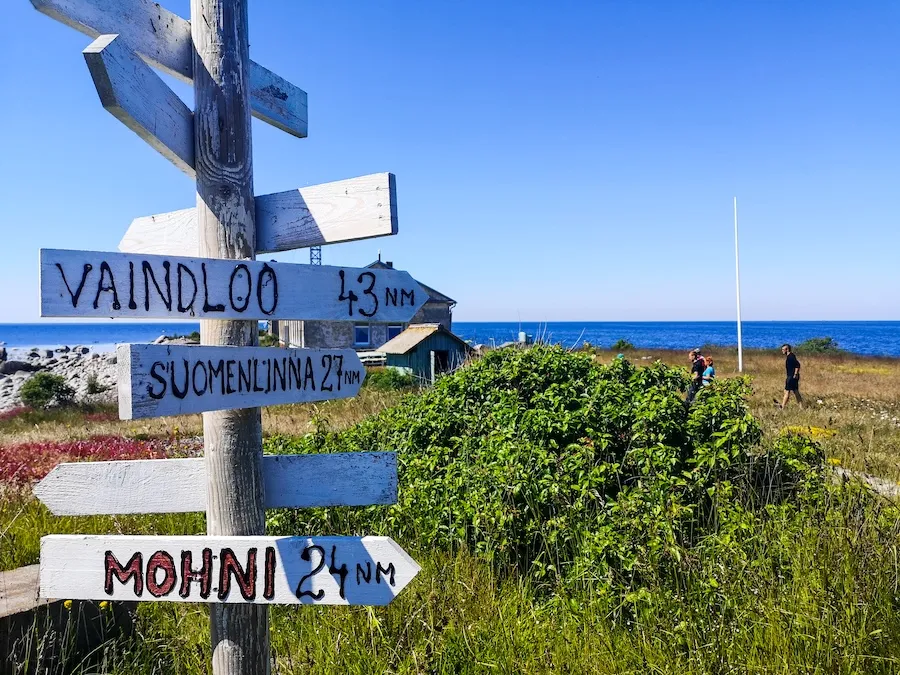
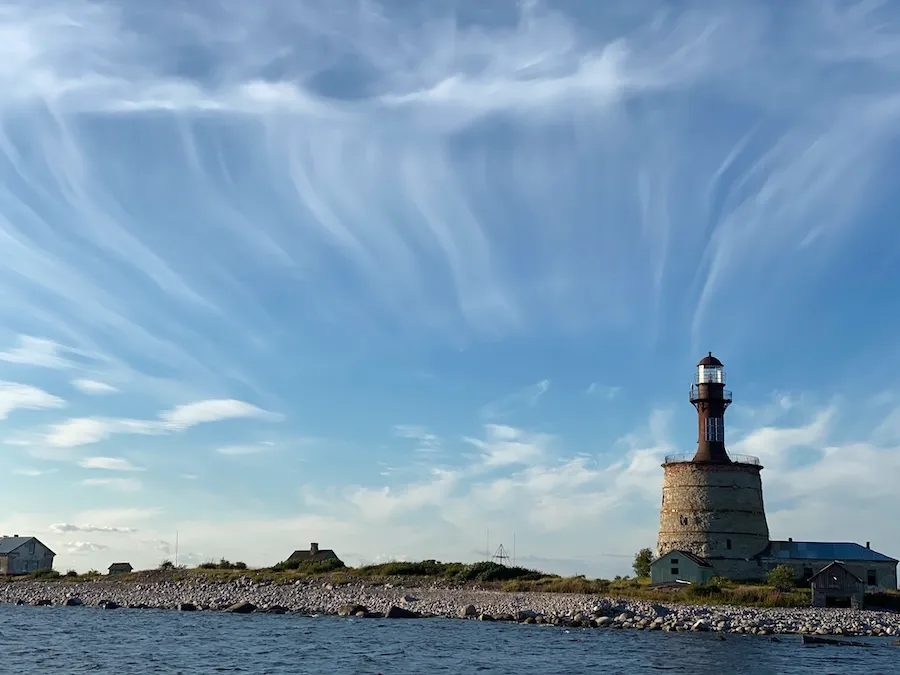
7. Keri was the first place in Estonia where natural gas was discovered.
In the early 20th century, a well was being deepened on Keri Island to access cleaner water. Instead of water, natural gas was discovered—and it ignited. By 1906, the gas was being used to power the lighthouse. A pipeline and gas burners were installed, and even Estonia’s first natural gas stove was put into use in the lighthouse keeper’s home.
In 1912, unexpected gas eruptions destroyed the equipment, and from then on, the lighthouse no longer ran on gas. The infrastructure was rendered useless. According to one former keeper’s memoirs, it was sold for scrap metal, and the proceeds were donated to help fund the purchase of the submarines Kalev and Lembitu.
Interestingly, there were plans to restore the gas system in 1912, but the estimated cost was 1,800 rubles. None of the well masters in Tallinn were willing to clean the borehole for that price, and two years later, World War I began. The restoration never happened. Today, the lighthouse runs on solar power.
8. Three earthquakes have been recorded on Keri Island.
In April 1912, three earthquakes with magnitudes between 2 and 4 on the Richter scale were recorded on Keri Island. The last one was accompanied by frequent ground tremors and underground rumbling. These earthquakes are believed to have been caused by the same gas eruption that ended the use of natural gas in the lighthouse.
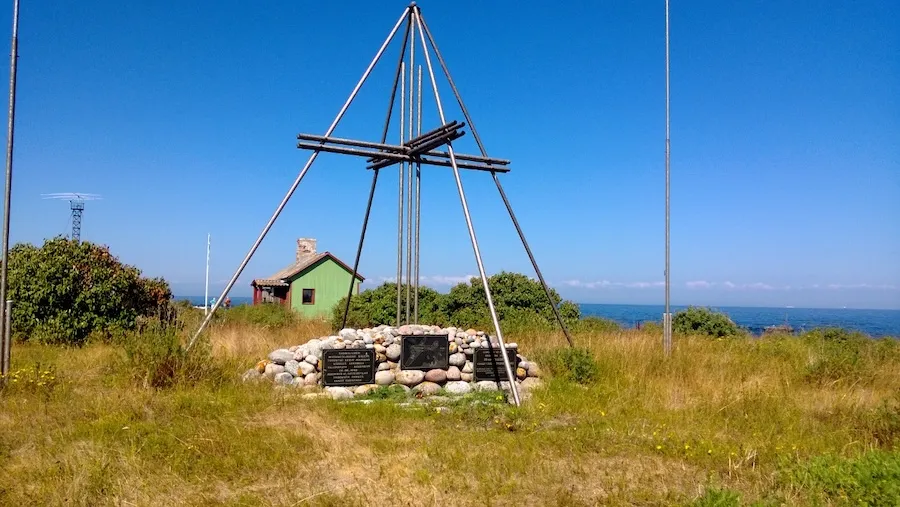
9. Near Keri Island, the Kaleva Postal Plane was shot down in 1940 – a memorial stands on the island.
On June 14, 1940, the Kaleva postal plane arrived in Tallinn from Sweden via Finland. That same day, it departed back to Helsinki with 9 people on board and 270 kg of cargo. Shortly after takeoff, Soviet torpedo bombers flew alongside the unarmed civilian aircraft and opened fire, causing the plane to crash into the Gulf of Finland northeast of Keri Island. All 9 people on board were killed. Among them were American citizens—the first U.S. nationals to die in World War II.
In 1993, a memorial was erected on Keri Island to honor the victims of the Kaleva tragedy.
10. Support Keri Island’s preservation and take home a souvenir
In the island’s small museum room, you can purchase mugs, T-shirts, pins, magnets, hats, and gloves—all proceeds go to supporting the work of the Keri Society (MTÜ Keri Selts). You can also make a donation or become a regular supporter.
Come and discover Keri Island!
Like Prangli and Aksi, Keri is a unique island filled with fascinating stories, historical buildings, and extraordinary natural scenery. We offer private tours to Keri Island during the summer season. For bookings or information contact us via info@pranglireisid.ee.
Sources: keri.ee, entsyklopeedia.ee, Keri saare sõbrad Facebook group, elurikkus.ee, Prangli Travel guide stories.

